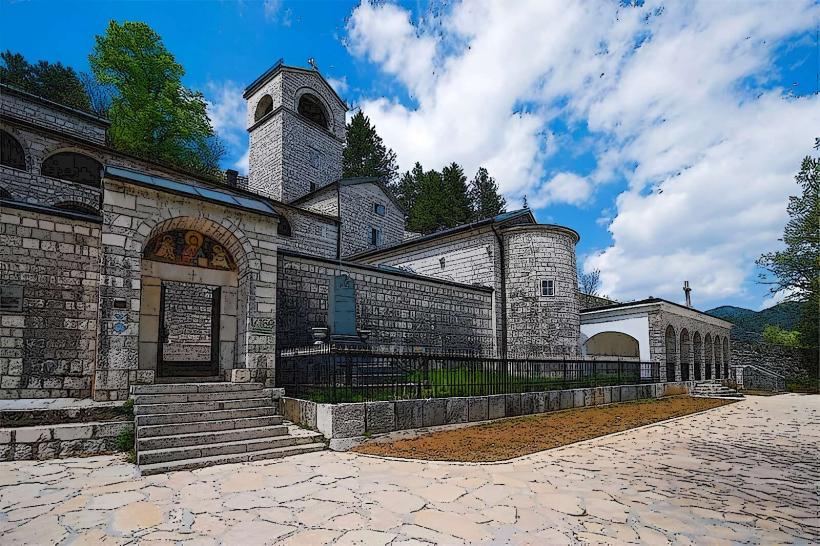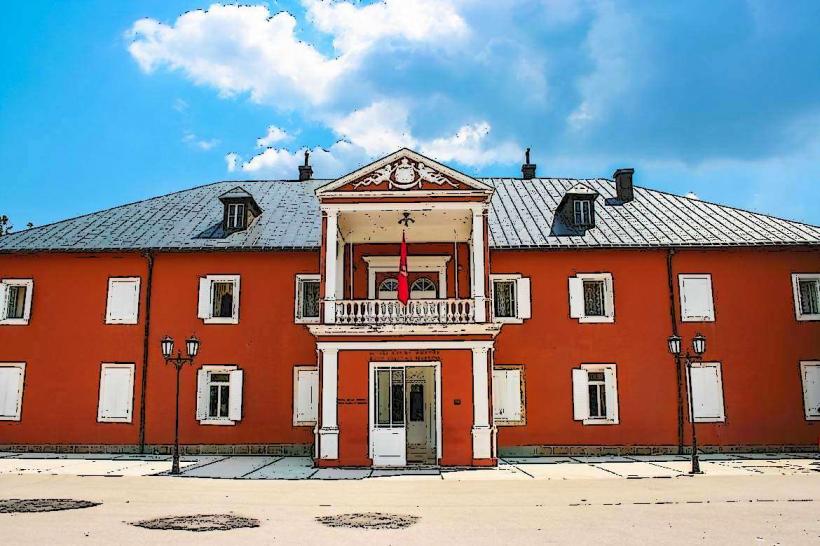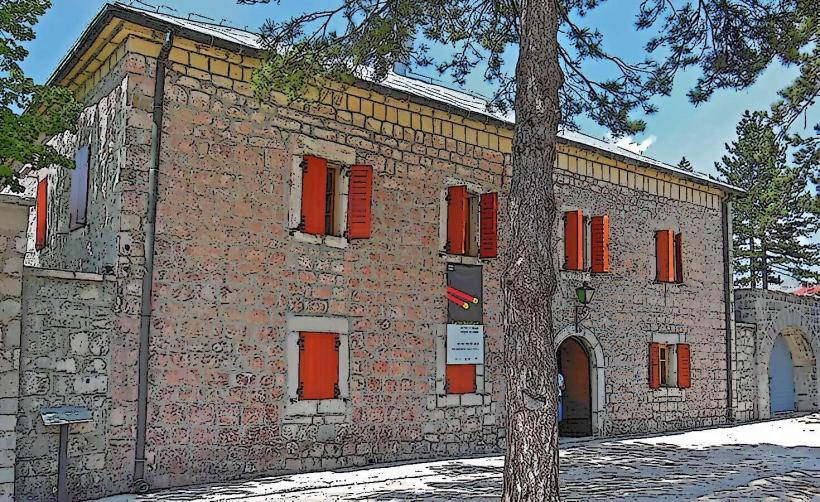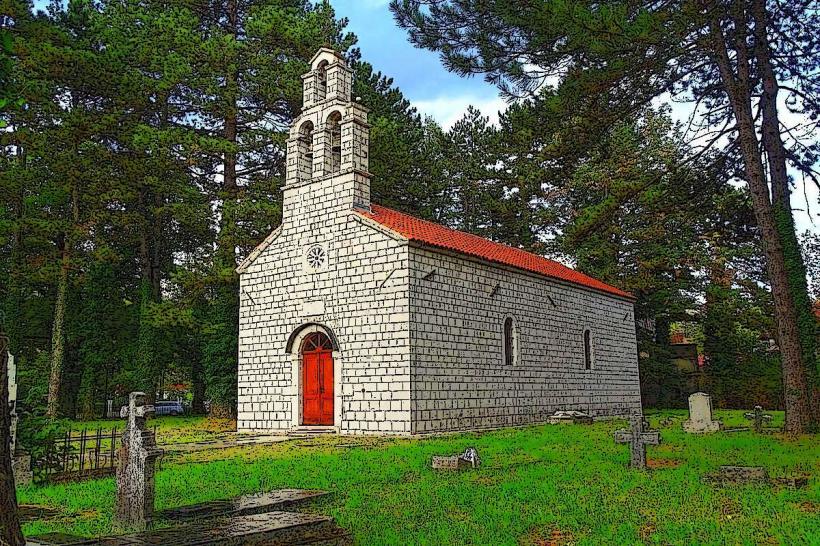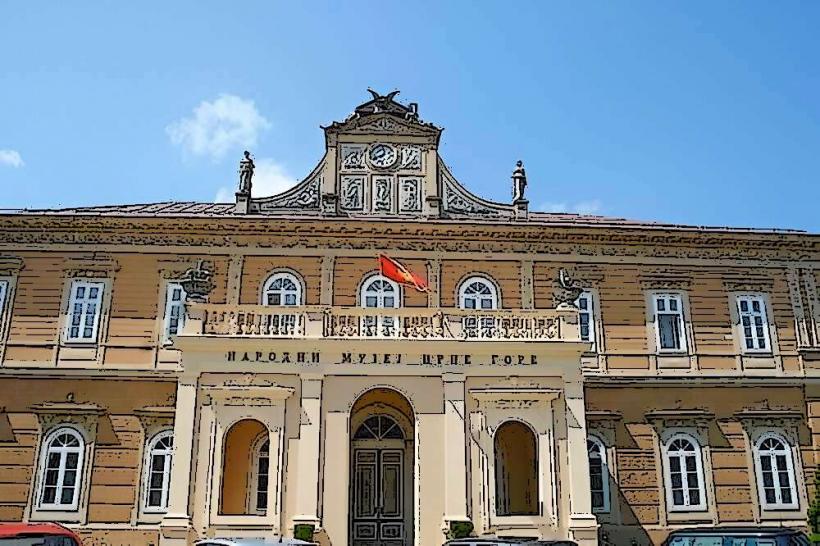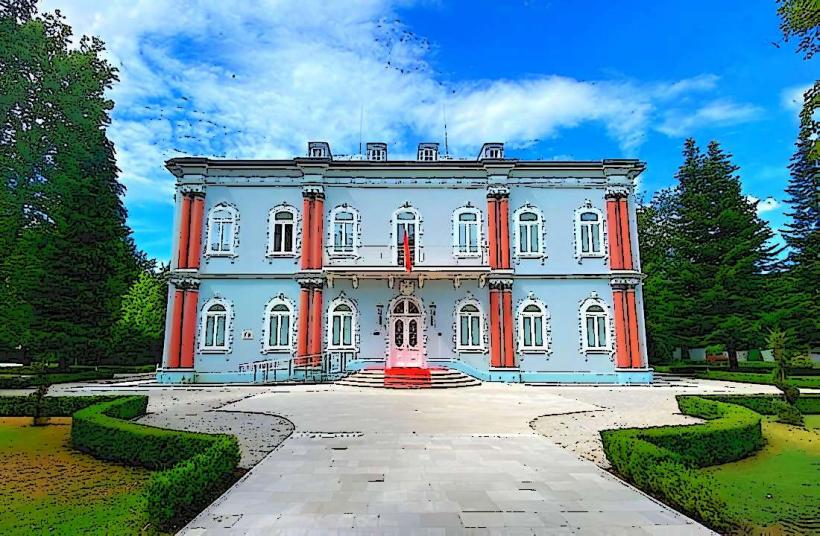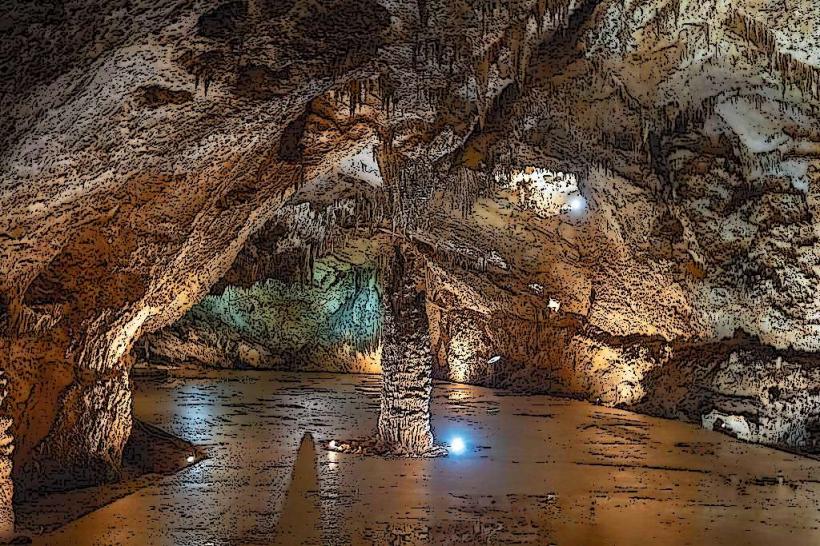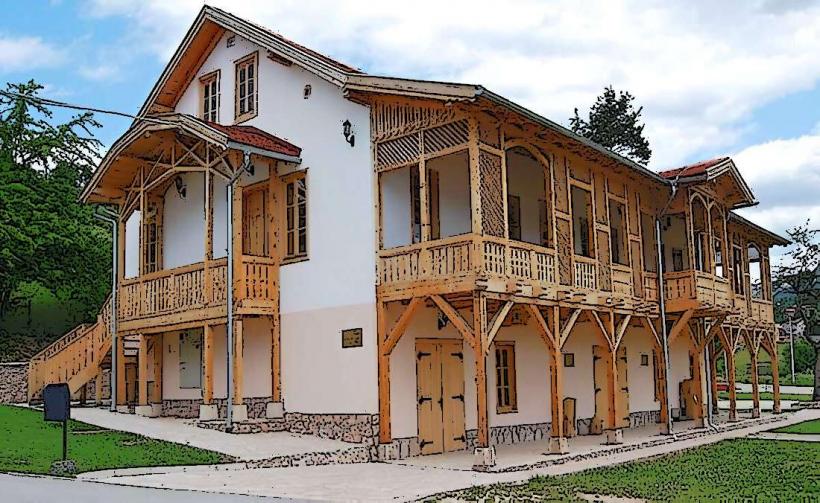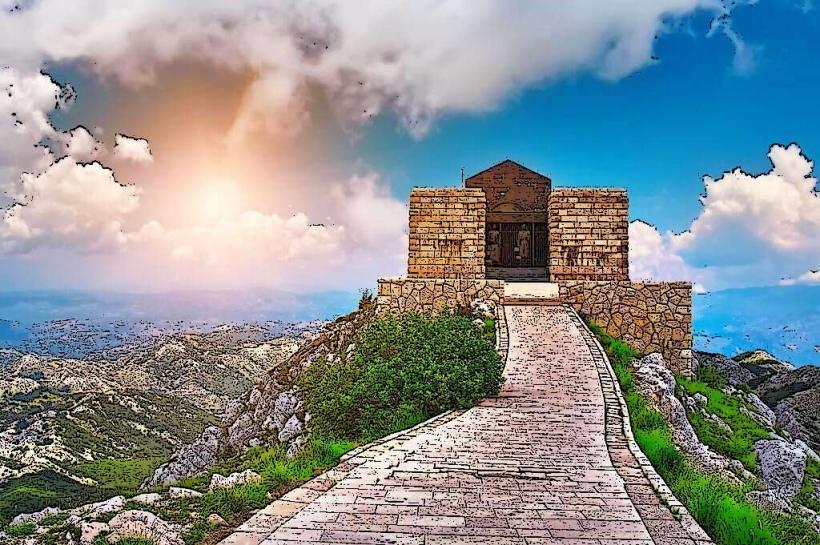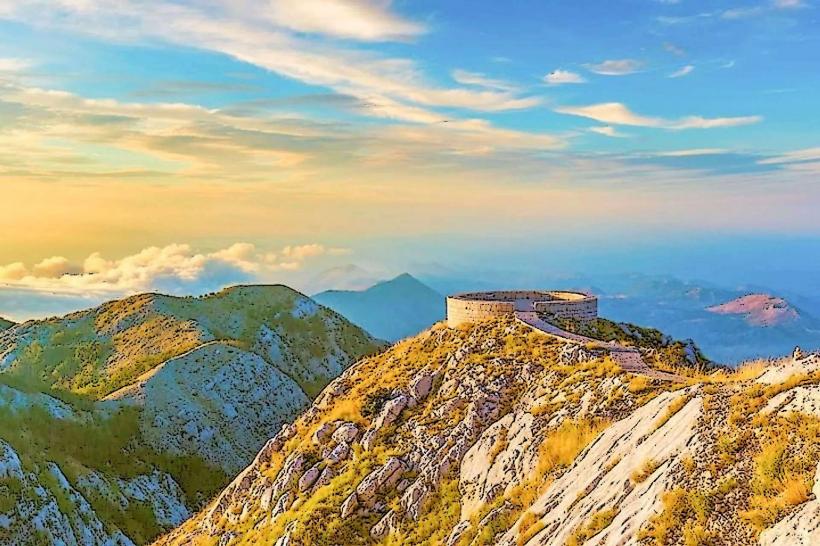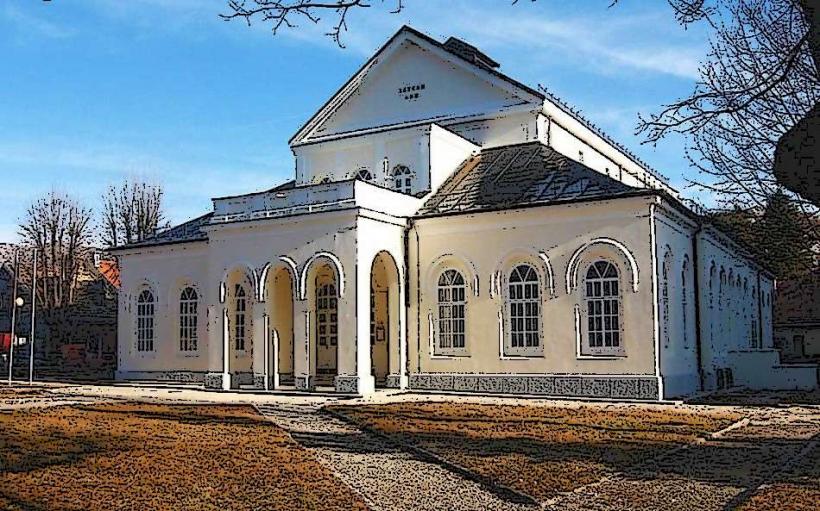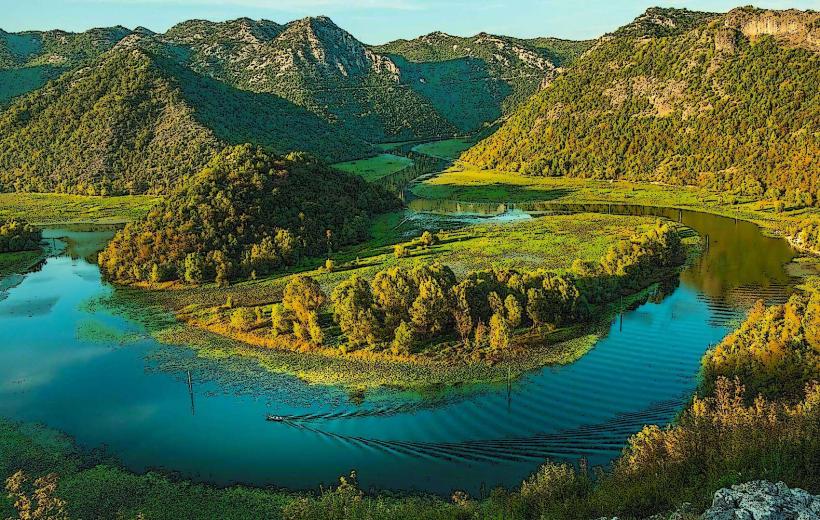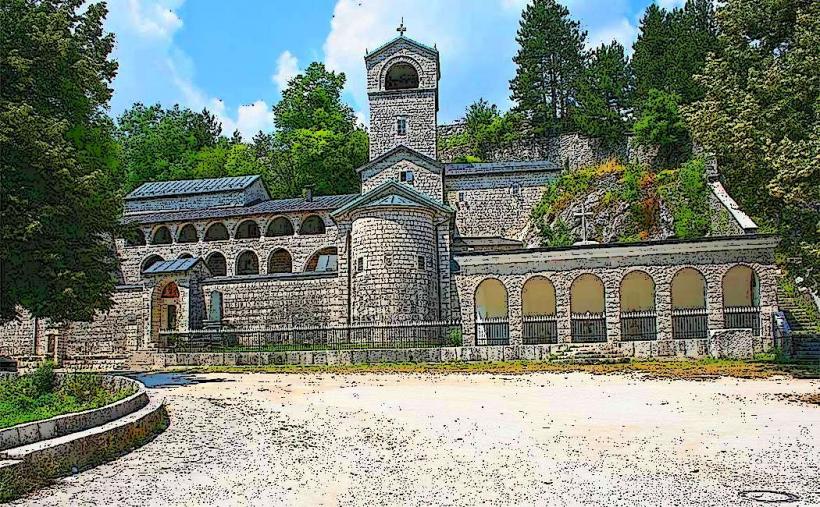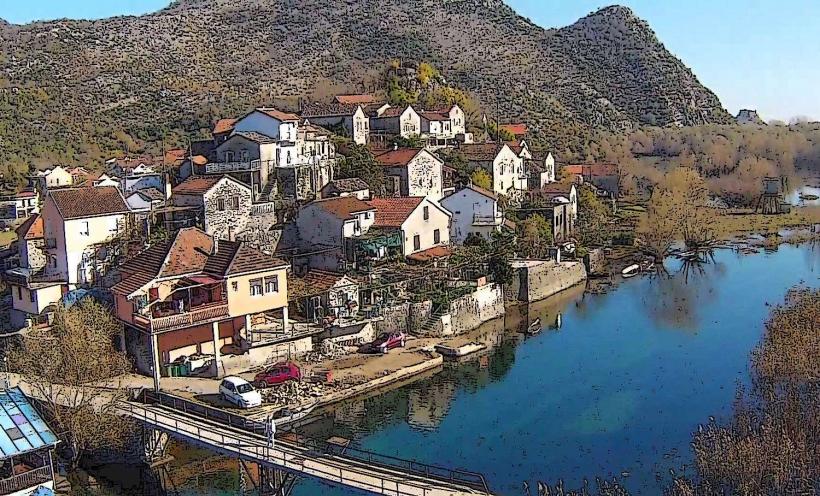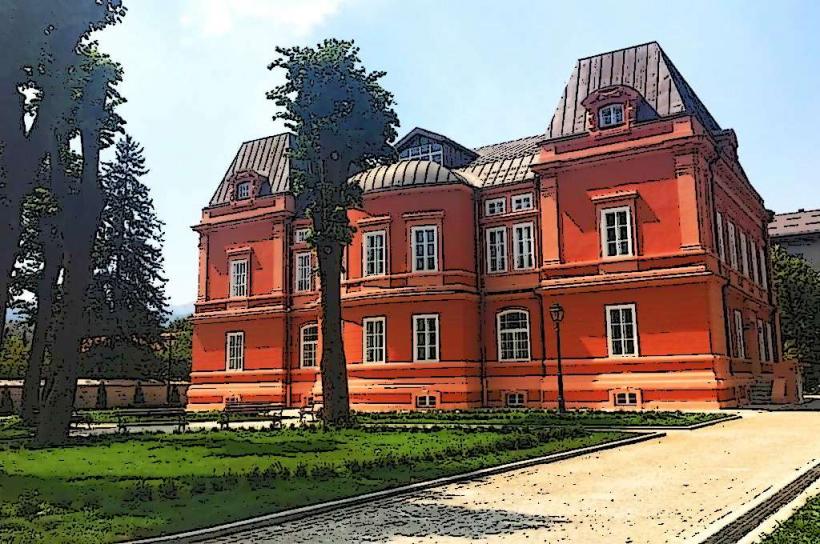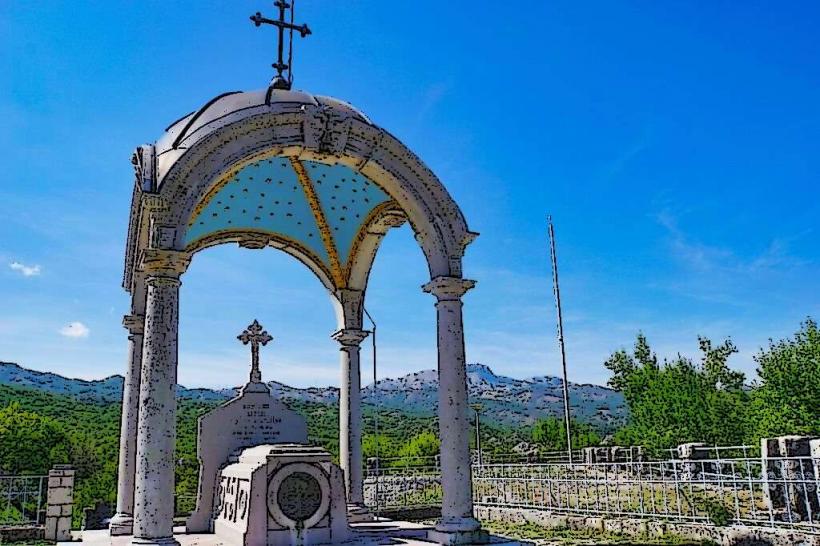Information
Landmark: Ethnographic MuseumCity: Cetinje
Country: Montenegro
Continent: Europe
The Ethnographic Museum in Cetinje, Montenegro, is an important cultural institution that showcases the traditional life, customs, and heritage of the Montenegrin people. It is part of the National Museum of Montenegro and offers a detailed look at the ethnographic history of the country, preserving the customs and way of life of different regions of Montenegro.
Overview of the Ethnographic Museum
Location: The Ethnographic Museum is located in Cetinje, the historical and cultural capital of Montenegro. It is housed in one of the many historic buildings in the town that have been repurposed to serve as museums, contributing to the preservation of Montenegrin history and culture.
Part of the National Museum: The museum is a branch of the National Museum of Montenegro. It is dedicated specifically to the ethnography of Montenegro, focusing on the traditional way of life, customs, clothing, and crafts of the Montenegrin people, from rural villages to urban centers.
Exhibits and Collections
The museum’s collections represent the cultural diversity of Montenegro, illustrating how traditions have evolved over time. Key aspects of the museum’s exhibits include:
Traditional Clothing and Textiles: The museum displays a wide variety of traditional Montenegrin costumes, including folk attire, wedding dresses, and embroidered fabrics. These items showcase the regional diversity of Montenegro’s clothing styles, with specific costumes associated with different parts of the country, such as Hercegovina, Zeta, and the Montenegrin Highlands.
Household Items: The museum features various artifacts used in everyday life, including tools, furniture, and utensils. These items offer insight into the daily activities of Montenegrins, from agriculture and craftsmanship to cooking and child-rearing.
Folk Art and Craftsmanship: The museum displays examples of Montenegrin folk art, including wooden carvings, metalwork, and pottery. These objects represent the country’s rich craft traditions passed down through generations.
Religious Artifacts: Items related to the Montenegrin Orthodox Church are also featured in the museum. This includes icons, church relics, and other religious artifacts that reflect the strong connection between religion and culture in Montenegro.
Agriculture and Rural Life: The museum offers a look at traditional farming tools and agricultural practices that were central to Montenegrin life. This includes the cultivation of vineyards, olive groves, and livestock farming, which have shaped the cultural landscape of the country.
Cultural and Historical Significance
Preserving Montenegrin Heritage: The Ethnographic Museum plays a crucial role in preserving and documenting the ethnographic history of Montenegro. Through its exhibits, the museum helps visitors understand how the country’s people lived, worked, and celebrated throughout history.
Focus on Regional Diversity: Montenegro’s diverse ethnic groups, including Montenegrins, Albanians, Serbs, Bosniaks, and Croats, are all represented in the museum’s collections. This diversity is reflected in the regional differences in clothing, customs, and daily life.
Traditional Festivals and Customs: The museum also explores the role of traditional festivals, folk music, and rituals in Montenegrin culture, such as those related to weddings, birthdays, harvests, and religious holidays.
Visiting the Ethnographic Museum
Opening Hours: The museum is typically open to visitors throughout the year, though opening hours may vary. It is advisable to check ahead for the most up-to-date information, especially during holidays or special events.
Guided Tours: For those interested in learning more about the exhibits, guided tours are available, where knowledgeable staff explain the historical and cultural context of the museum’s artifacts.
Admission: The museum may have a small entrance fee, which helps support its operations and the preservation of its collections. It is often included in the broader admission to the National Museum of Montenegro, offering a comprehensive experience of Montenegro’s cultural heritage.
Conclusion
The Ethnographic Museum in Cetinje is an essential stop for anyone interested in exploring the cultural history of Montenegro. By showcasing traditional customs, craftsmanship, and daily life, it offers a deeper understanding of the Montenegrin identity and the way of life that has shaped the country’s people for centuries. Whether you are interested in folk art, traditional clothing, or historic artifacts, the museum provides a rich and immersive experience that highlights the cultural richness of this fascinating country.

